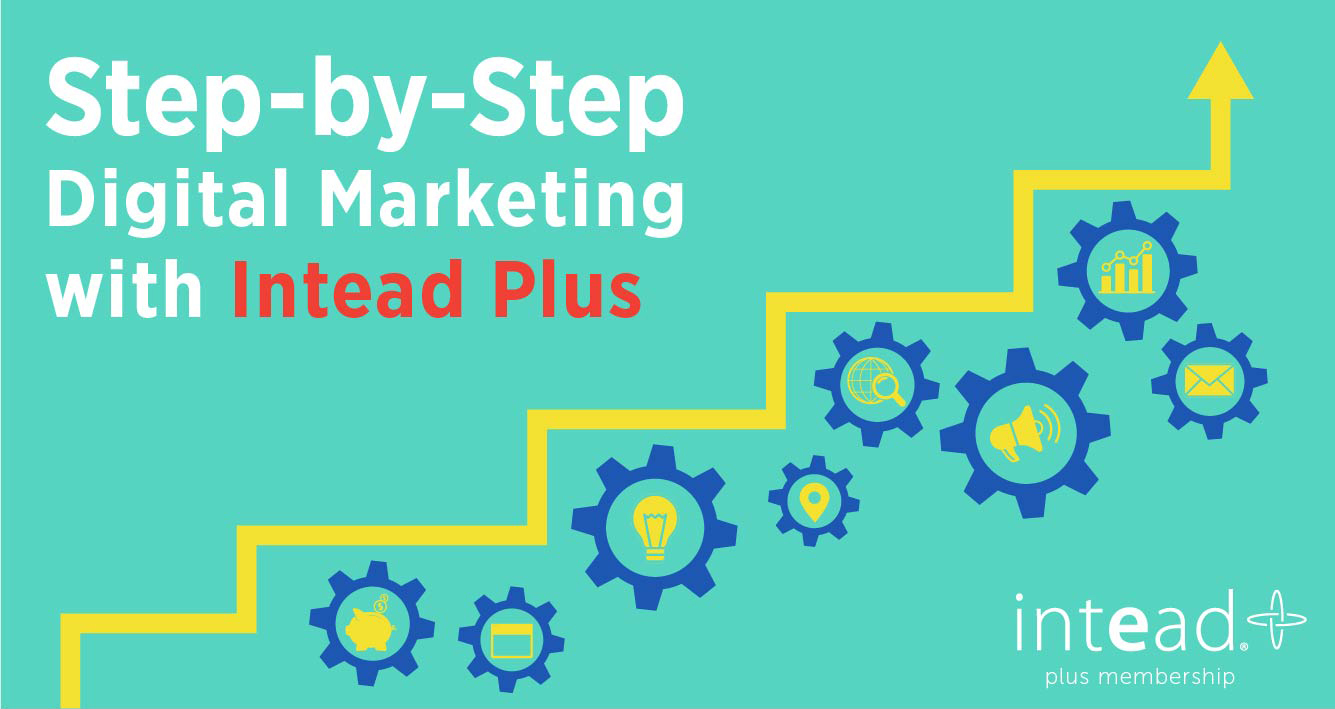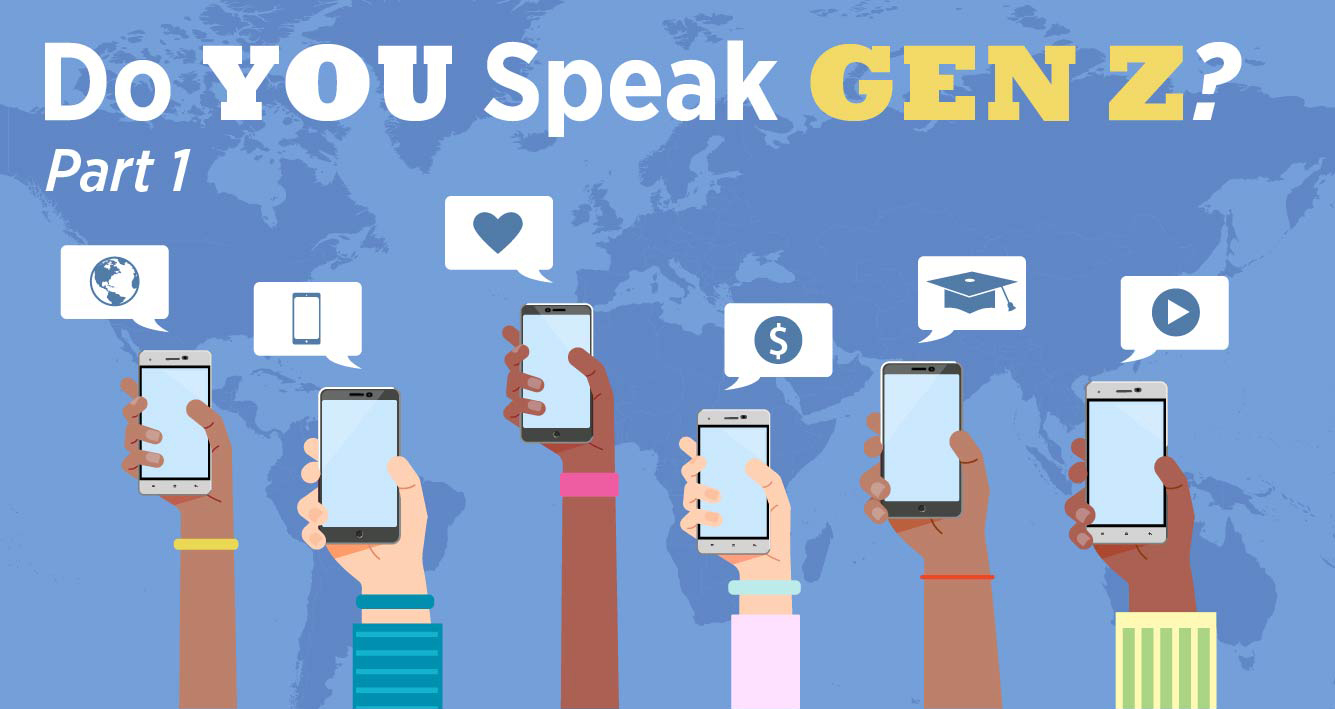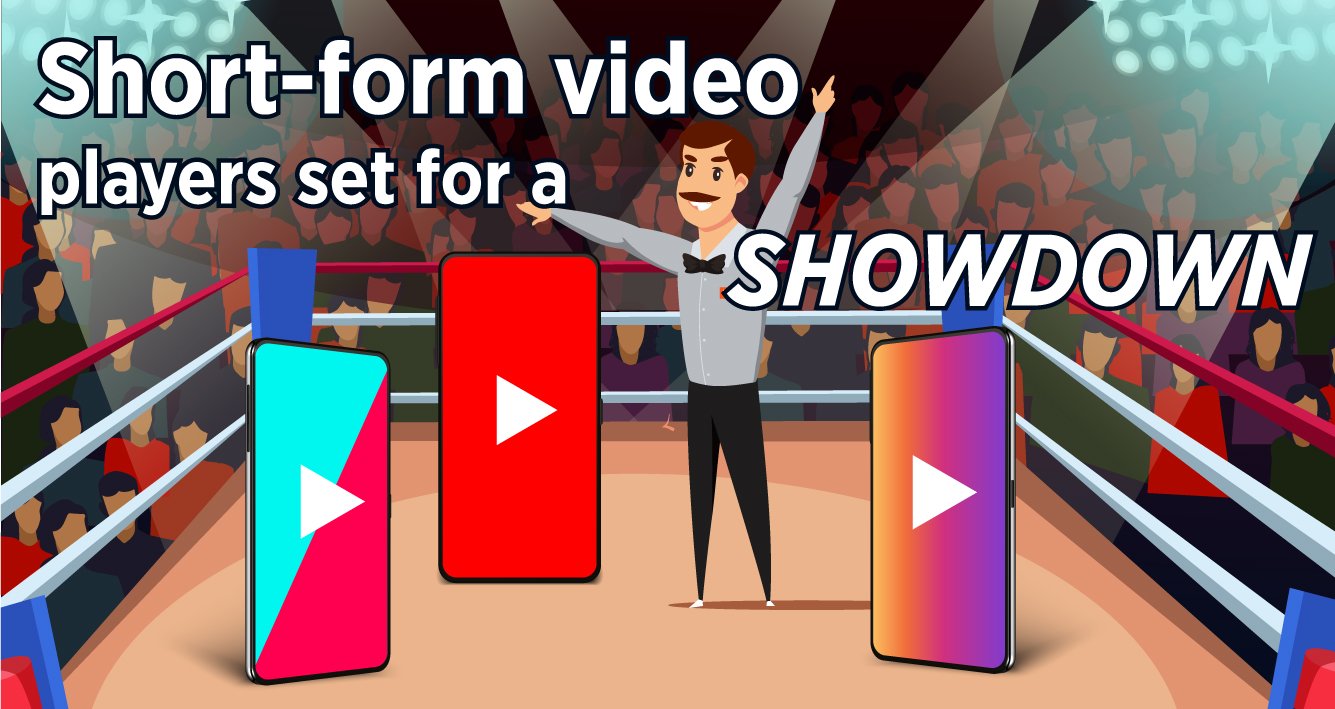Today we’re taking you behind the scenes of some of our most valuable Intead Plus tools.
Our Digital Marketing Worksheets.
Yep, you read that correctly. Good, old-fashioned pen-to-paper worksheets. Although if you decide to fill them out on your computer, we promise we won’t tell. After all, learning is moving online these days, haven’t ya heard?
Looking to engage a new market? Develop a new content strategy and dissemination plan? Get your new hires thinking through the international student recruitment process?
Last Chance: For our colleagues leading private high schools we are offering a free webinar today at 3pm (Eastern) with TABS (The Association of Boarding Schools) all about how student recruiting must be reimagined given the loss of recruitment travel. Register Here.
It’s all about the framework.
The Intead Digital Marketing Worksheets will guide you every step of the way forward — and ask the difficult questions. These are the worksheets we take folks through when we run our full-day global marketing workshops at AIRC and our International Student Recruitment Bootcamps. So, really helpful during those new recruitment season kickoff meetings.
All of the worksheets mentioned in today’s post are available to Intead Plus members and are tried and tested. Intead Plus members receive full access to an extensive (and exclusive) library of marketing intelligence materials (including our seminal eBook, 88 Ways to Recruit International Students, now an industry standard in its second edition), podcasts, webinars, and more, with new market research being released each year.
Read on for a sneak peek at these valuable resources to kickstart your global approach and your digital marketing strategy. Whether you’re just in the early stages of a new initiative or in the process of developing a digital campaign this content is going to be helpful. And if you want these tools at your fingertips 24/7, you know what to do.
Read More




.jpg)

.jpg)



